Soil agroecologist Nicole Masters, daughter Melanie and I were standing on the windswept shoulder of a peak high up on our Hat Creek grazing ranges that a precipitous and narrow jeep trail meandered over. Before and just below us was the sweep of Bear Basin, an unbroken 15 square mile bowl of coursing green grass and sage. Dotted like pepper in one edge of the bowl was our herd of Black Angus beeves. Looking closely, we could discern four mounted horseback riders tending the nearly 400 head. Straining our eyes, we could even pick out the bob and weave of 2 Border Collies doing their due-diligence in correcting the ameobic-blob of pepper shaker dots.
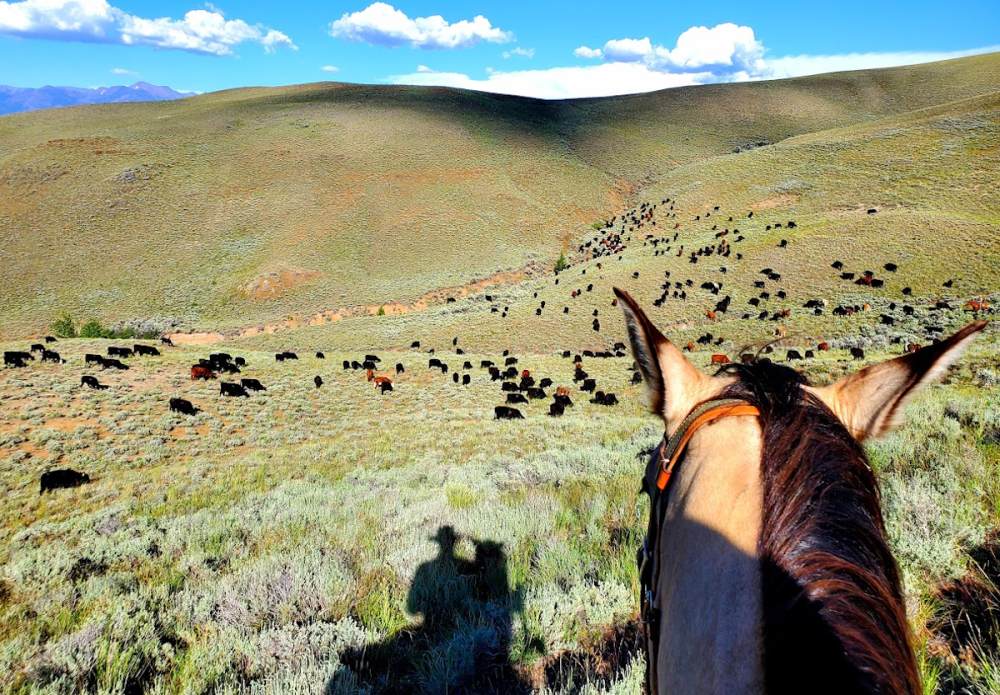
Nicole’s eyes turned from the distant to downward. “You can see the exact pattern of spray here.” She was standing on an abrupt vegetation boundary between a pure stand of highly invasive grass imported from the Asian steppe and that of a beautiful intact stand of a native grass known as bluebunch wheatgrass. The invasive is called cheatgrass, and is overtaking vast areas of the Sagebrush Ocean in states like Wyoming, Idaho, Montana, Nevada and Utah. It is replacing native grass populations of bluebunch wheatgrass at an astounding rate.
“This is very typical chemical banding. Apparently, the operator was riding in a pickup or ATV and likely had a herbicide spray nozzle actuated while they were slowly driving down the road. What do you think they were after? When was this sprayed?” Nicole asked.
“It had to be spotted knapweed. It’s really common along roadsides. Fall hunters carry the seeds into our country attached to their ATVs or pickup trucks,” I theorized. “And then, the next spring they germinate along the road. I’m guessing the spray job occurred about 25 years ago.” Knapweed is another one of those pesky Eurasian imports. They do very well in our semi-arid climate. And there is no natural agents like insects or animals in America that will control them.
Nicole nodded in agreement. She’d obviously seen this many times as a traveling educator from New Zealand. The most fascinating thing to both of us was that there was absolutely no incursion of cheatgrass along the half mile or so of the 5 foot treated roadside band into the native grassland immediately next to it. But the band itself, parallel and right up to the edge of the road was 100% cheatgrass. No natives survived there.
And this was still the case after about 25 years.
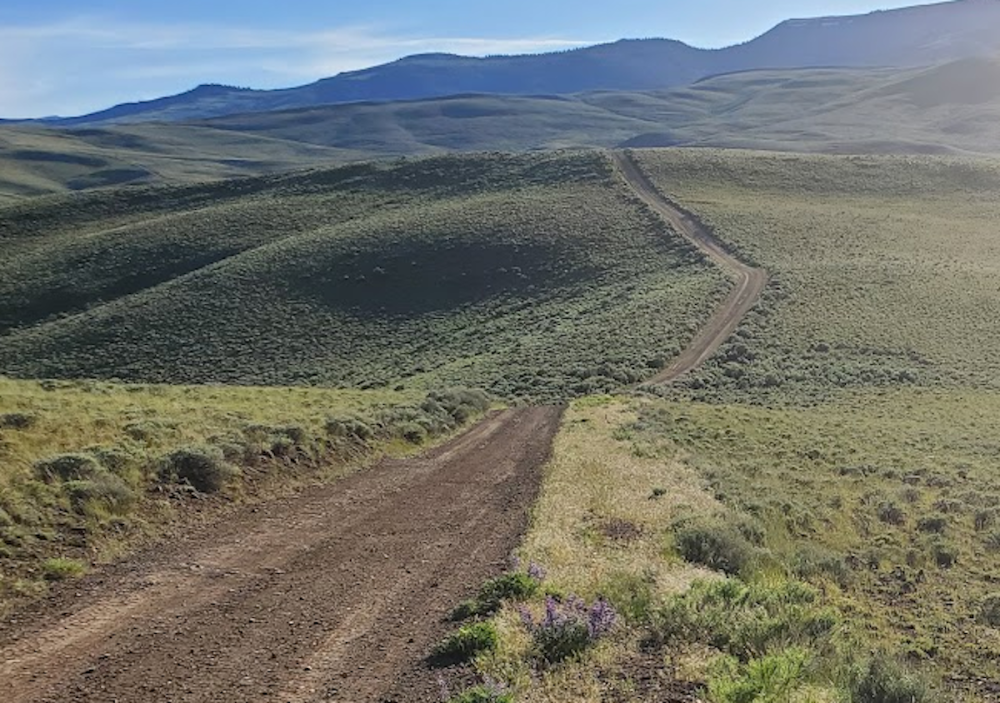
“What is going on? Why aren’t there any native grasses or forbs in the spray band? And why aren’t there any cheatgrass starts in the non-spray zone?” I had to know.
“It could only be biology.” Nicole said. “I believe that the chemicals kill the fungal component of the soil, and maybe other life forms. Most likely, only bacteria remains in the soil biology. And cheatgrass likes simple and sterile soils. It doesn’t like soils with intact biology.”
She went on to theorize that biologically complex native soils actually act against invaders, preventing germination. It was why there was no cheatgrass within inches of the spray zone, and well beyond. In addition, intact soil biology is critical for native plants to thrive in their soils. Fungal mycorrhizae have unique relationships with native plants.
And they are very sensitive to chemicals.
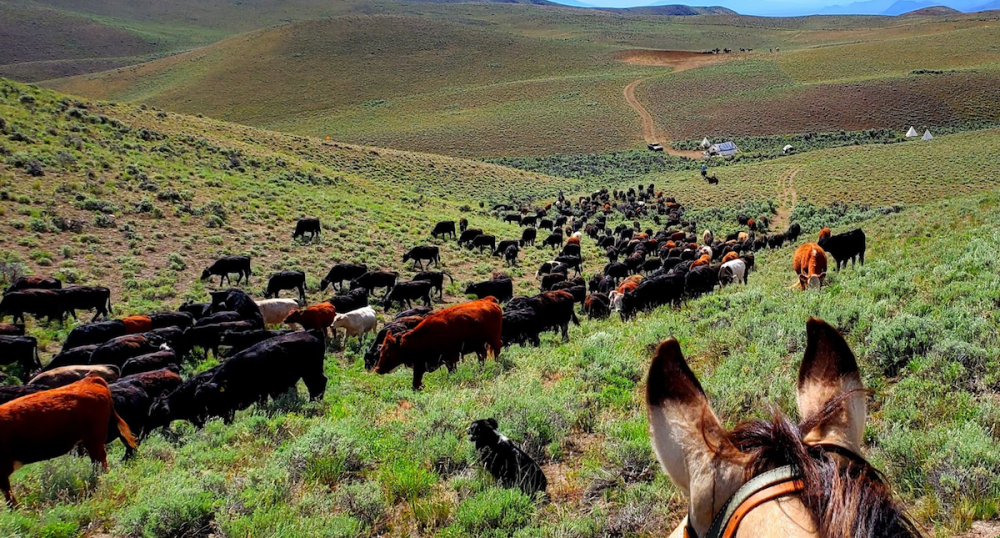
Caryl, my PhD plant ecologist wife is currently enrolled at the University of Idaho in a soils course. She’s learning the latest about soil fungi. She says that most native perennial plants develop relationships with one or more species of fungi that they depend on to thrive. There’s lots of them; currently the estimate is over 5 million species of plant-symbiotic fungi.
It’s estimated that up to 30% of the plant’s solar energy collection goes to feeding the fungal network. The fungi, in turn, enables the plant to take up water and minerals from the soil. When one perishes, the other does as well.
When humans apply chemicals for the sole purpose of exterminating a single species, they unknowingly have uncorked the genie bottle. The genie happens to be a bad genie, and summarily, and almost categorically adversely affects microbiological species, even to the death. And when that happens, their companion native plant withers and dies.
Dying of thirst and mineral deficiency.
It doesn’t only affect the parent plant. Native seeds won’t germinate in non-fungal soils. Caryl and I have tried planting acres of native bluebunch seeds in an attempt at restoration, but without the fungal component, it simply won’t work.
It’s just like with Aladdin; one never knows what may be unleashed when massaging that lamp (or uncorking that bottle!).
Happy Trails.
Glenn

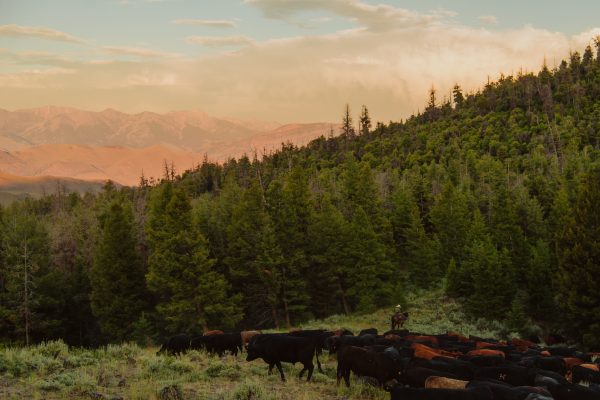

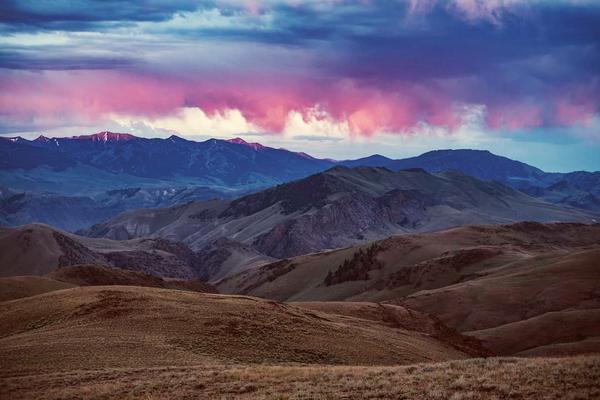
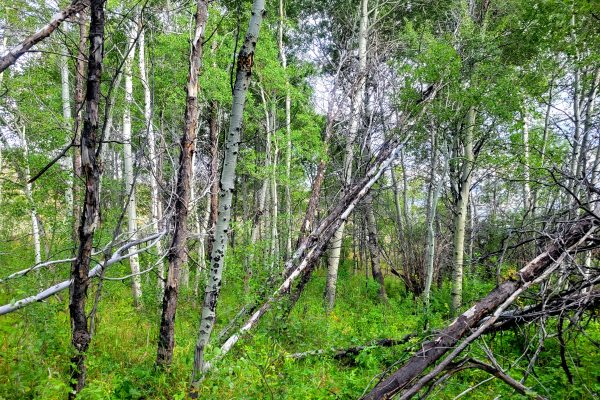

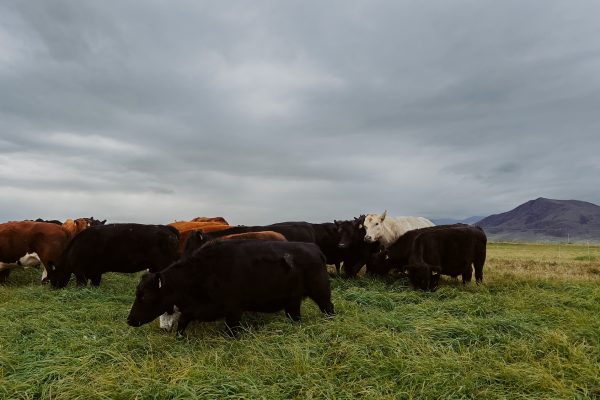
Shirley
How interesting! They need to teach this stuff to farmers and ranchers. At the very least, teach it to undergraduate agriculture majors at ALL colleges in the U.S. It’s a start.